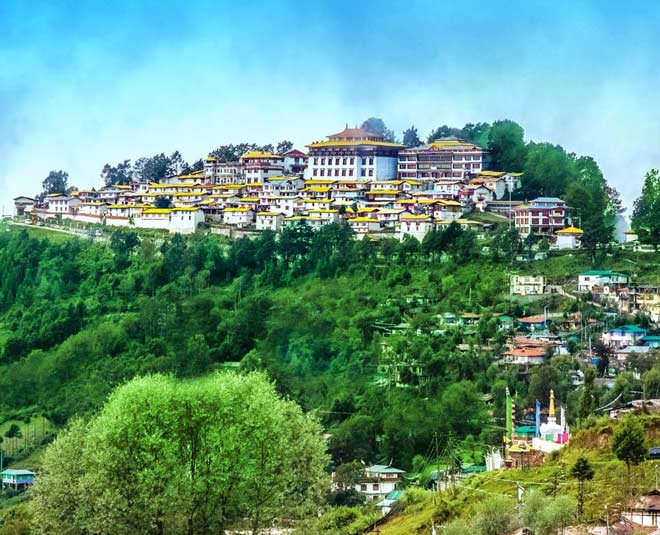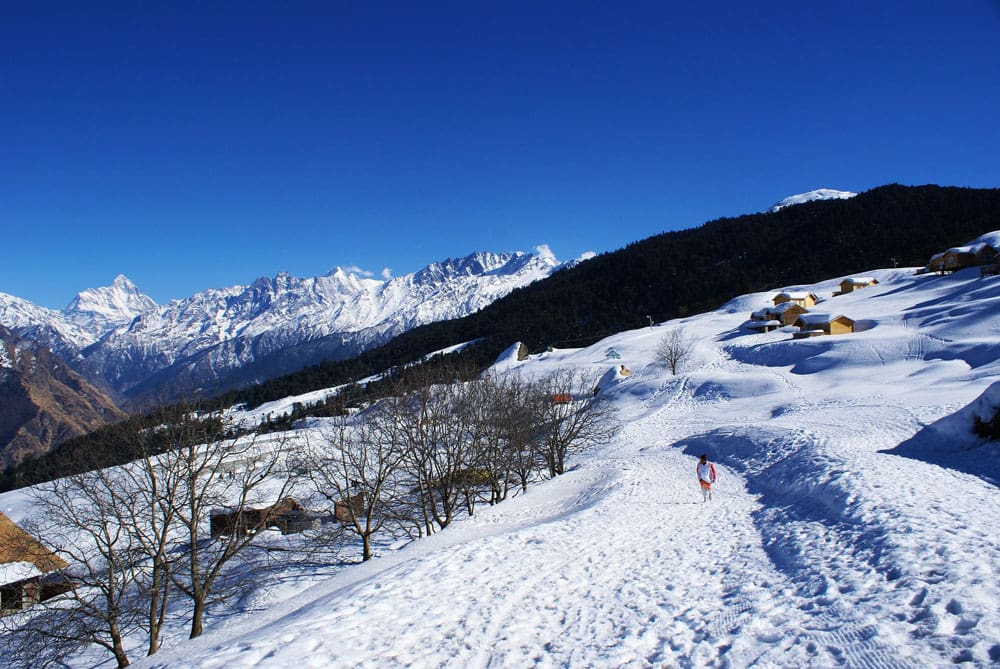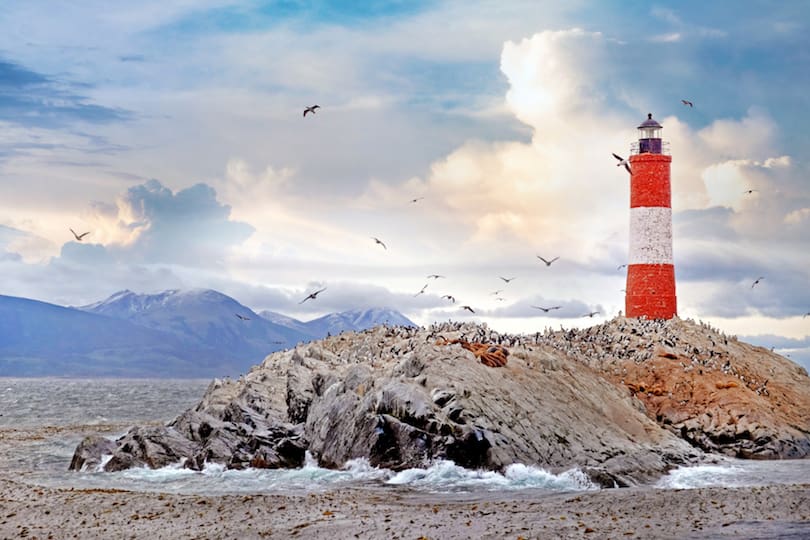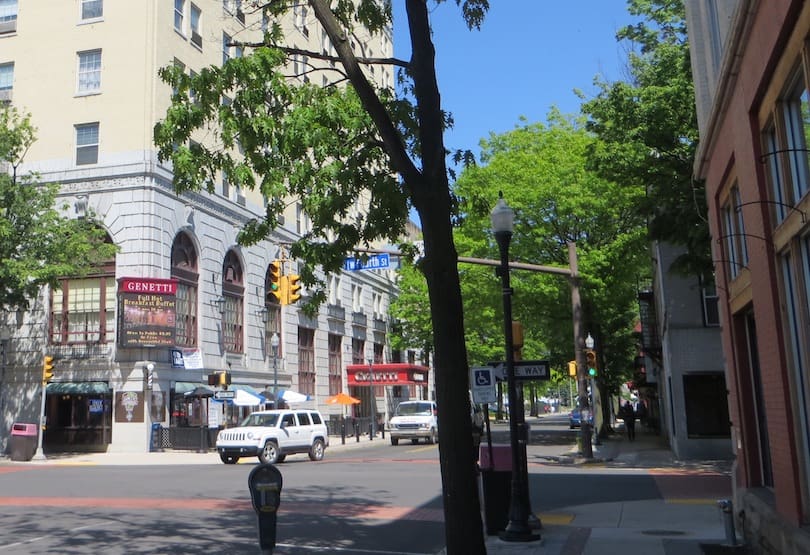Armenia, a country located in the South Caucasus region, is a land of ancient history, rich culture, and breathtaking natural landscapes. From its capital city, Yerevan, to the picturesque Lake Sevan and the monastic complexes perched on cliffs, Armenia offers a wide range of attractions for travelers. In this article, we will explore the 10 best places to visit in Armenia, each with its unique charm and significance.
Yerevan, the Capital City
Yerevan is the vibrant capital of Armenia and serves as a gateway to the country’s rich heritage. The city boasts a blend of modern and traditional elements, making it a fascinating destination for tourists. Exploring the historic center is a must, where you can immerse yourself in the city’s past through its ancient buildings, narrow streets, and charming squares.
The Cascade Complex and the Cafesjian Museum of Contemporary Art are popular attractions in Yerevan. The Cascade, a giant stairway adorned with fountains and sculptures, offers panoramic views of the city. At the Cafesjian Museum, you can admire a diverse collection of modern and contemporary art.
Another highlight in Yerevan is the Matenadaran, an ancient manuscript repository. Here, you can explore a vast collection of illuminated manuscripts and learn about Armenia’s rich literary heritage.
Lake Sevan
Lake Sevan is a sparkling jewel nestled amidst the Armenian highlands. Known as the “Blue Pearl of Armenia,” it is one of the largest alpine lakes in the world. The lake’s serene beauty is best appreciated by simply enjoying the scenic surroundings and the shimmering blue waters.
A visit to Sevanavank Monastery is a must when exploring Lake Sevan. Located on the peninsula, this medieval monastery offers stunning views of the lake and the surrounding mountains. It’s a peaceful place to soak in the spirituality and tranquility of the area.
For adventure enthusiasts, Lake Sevan offers various water sports and activities such as boating, fishing, and swimming. The beaches along the lake provide a perfect setting for relaxation and enjoying the natural beauty.
Geghard Monastery
Geghard Monastery, a UNESCO World Heritage Site, is a unique architectural complex carved into the cliffs of the Azat River gorge. The monastery’s main chapel, built in the 13th century, contains religious relics and is known for its exceptional acoustics.
Exploring the cave churches surrounding the main chapel is a fascinating experience. These ancient chambers and intricate stone carvings showcase the craftsmanship of medieval Armenian architects. The natural beauty of the gorge adds to the overall enchantment of Geghard Monastery.
Tatev Monastery and Wings of Tatev
The Tatev Monastery is perched on a picturesque hilltop overlooking the Vorotan River Gorge. Accessing the monastery is an adventure in itself, as you can take a ride on the Wings of Tatev, the world’s longest reversible aerial tramway. The tramway offers stunning views of the surrounding landscapes, including deep gorges and lush forests.
The historical importance of Tatev Monastery adds to its allure. Founded in the 9th century, it served as an important religious and educational center. The complex includes several churches, a library, and medieval residences. From the monastery, you can enjoy breathtaking views of the rugged mountains and the winding river below.
Dilijan
Dilijan is a picturesque town located in the heart of the Dilijan National Park. Known as “Armenia’s Switzerland,” Dilijan captivates visitors with its lush forests, tranquil lakes, and charming architecture. The town is an ideal destination for nature lovers and outdoor enthusiasts.
Hiking and nature trails abound in Dilijan, offering opportunities to explore the park’s diverse flora and fauna. You can discover hidden waterfalls, panoramic viewpoints, and peaceful picnic spots along the trails.
In the Old Town of Dilijan, you can wander through cobblestone streets and visit traditional craftsman workshops. The town’s artistic atmosphere and the locals’ hospitality create a welcoming ambiance for visitors.
Garni Temple
The Garni Temple is an ancient pagan temple that stands as a testament to Armenia’s pre-Christian past. Built in the 1st century AD, it showcases impressive Greco-Roman architectural elements. The temple’s colonnaded structure and intricate carvings make it a remarkable sight.
The village of Garni, where the temple is located, is a charming place to explore. You can stroll through its narrow streets, visit local artisans, and immerse yourself in the peaceful rural atmosphere. The surrounding landscapes of rolling hills and rocky cliffs add to the beauty of the area.
Noravank Monastery
Noravank Monastery is nestled amidst the dramatic red rocks of the Amaghu Valley. This architectural masterpiece of medieval Armenia is known for its intricate stone carvings and beautiful khachkars (cross-stones). The monastery’s secluded location adds to its mystique and offers breathtaking views of the surrounding mountains.
Exploring the nearby wine cellars is a delightful experience. Armenia has a long history of winemaking, and the region around Noravank produces some excellent wines. You can indulge in wine tastings and learn about the traditional winemaking techniques.
Jermuk
Jermuk is a renowned destination for relaxation and wellness. Located in the mountains, it is famous for its natural hot springs and spa resorts. The therapeutic properties of the mineral-rich waters attract visitors seeking rejuvenation and healing.
Apart from enjoying the hot springs and spa treatments, Jermuk offers opportunities for outdoor activities. You can explore the beautiful Jermuk Waterfall, hike through scenic trails, and breathe in the fresh mountain air. The town’s tranquil ambiance provides a perfect escape from the hustle and bustle of city life.
Mount Ararat and Khor Virap Monastery
Mount Ararat holds a significant place in Armenian culture and mythology. This majestic mountain is considered the symbol of Armenia and is believed to be the resting place of Noah’s Ark. Gazing at the snow-capped peak is a sight that will leave you in awe.
At the foot of Mount Ararat lies the Khor Virap Monastery, a place of pilgrimage and historical importance. The monastery offers panoramic views of the mountain, creating a stunning backdrop for spiritual contemplation. The site also holds a dark history, as it was once a royal prison where Saint Gregory the Illuminator was held captive.
Visiting Khor Virap and admiring the breathtaking views of Mount Ararat is a truly unforgettable experience.
Conclusion
Armenia, with its blend of history, culture, and natural beauty, offers an abundance of remarkable places to visit. From the ancient streets of Yerevan to the serene shores of Lake Sevan, the monastic treasures perched on cliffs, and the picturesque landscapes, each destination holds its unique charm and significance.
Immerse yourself in Armenia’s rich heritage, explore the monastic complexes, indulge in outdoor adventures, and experience the warm hospitality of the locals. Discover the hidden gems and create memories that will last a lifetime in this captivating country.
FAQs (Frequently Asked Questions)
1. Is Armenia a safe country to visit? Armenia is generally considered a safe destination for travelers. However, it’s always recommended to take standard safety precautions and stay aware of your surroundings.
2. What is the best time to visit Armenia? The best time to visit Armenia is during the spring (April to June) and autumn (September to October) seasons when the weather is pleasant, and nature is at its finest.
3. Do I need a visa to visit Armenia? Depending on your nationality, you may require a visa to enter Armenia. It’s advisable to check the visa requirements beforehand and ensure that your travel documents are in order.
4. Can I use credit cards in Armenia? Credit cards are widely accepted in major establishments such as hotels, restaurants, and shops. However, it’s always a good idea to carry some cash for smaller businesses and remote areas.
5. What is the local cuisine like in Armenia? Armenian cuisine is known for its rich flavors and unique dishes. Don’t miss the opportunity to try traditional delicacies such as dolma (stuffed grape leaves), lavash (flatbread), and khorovats (barbecue).












